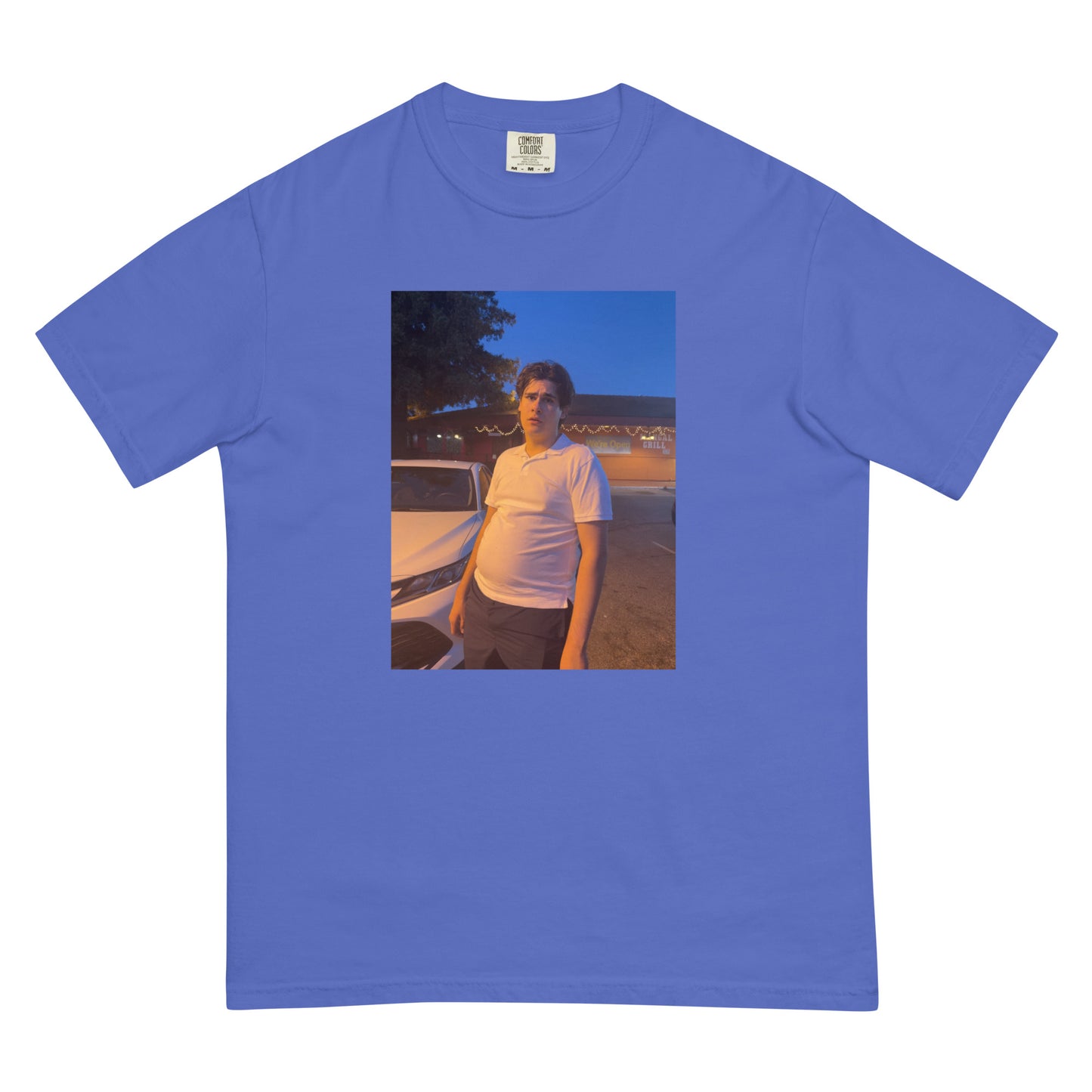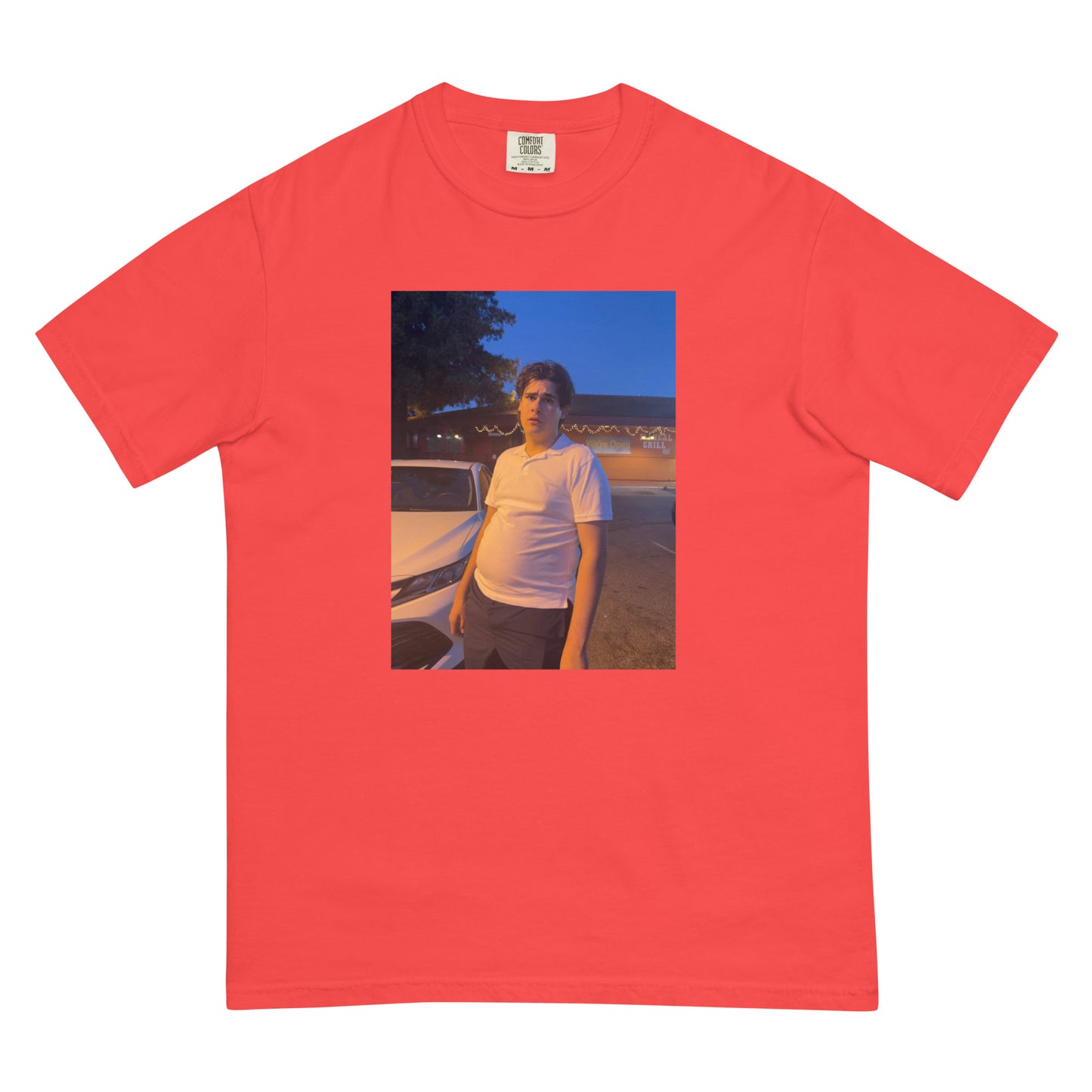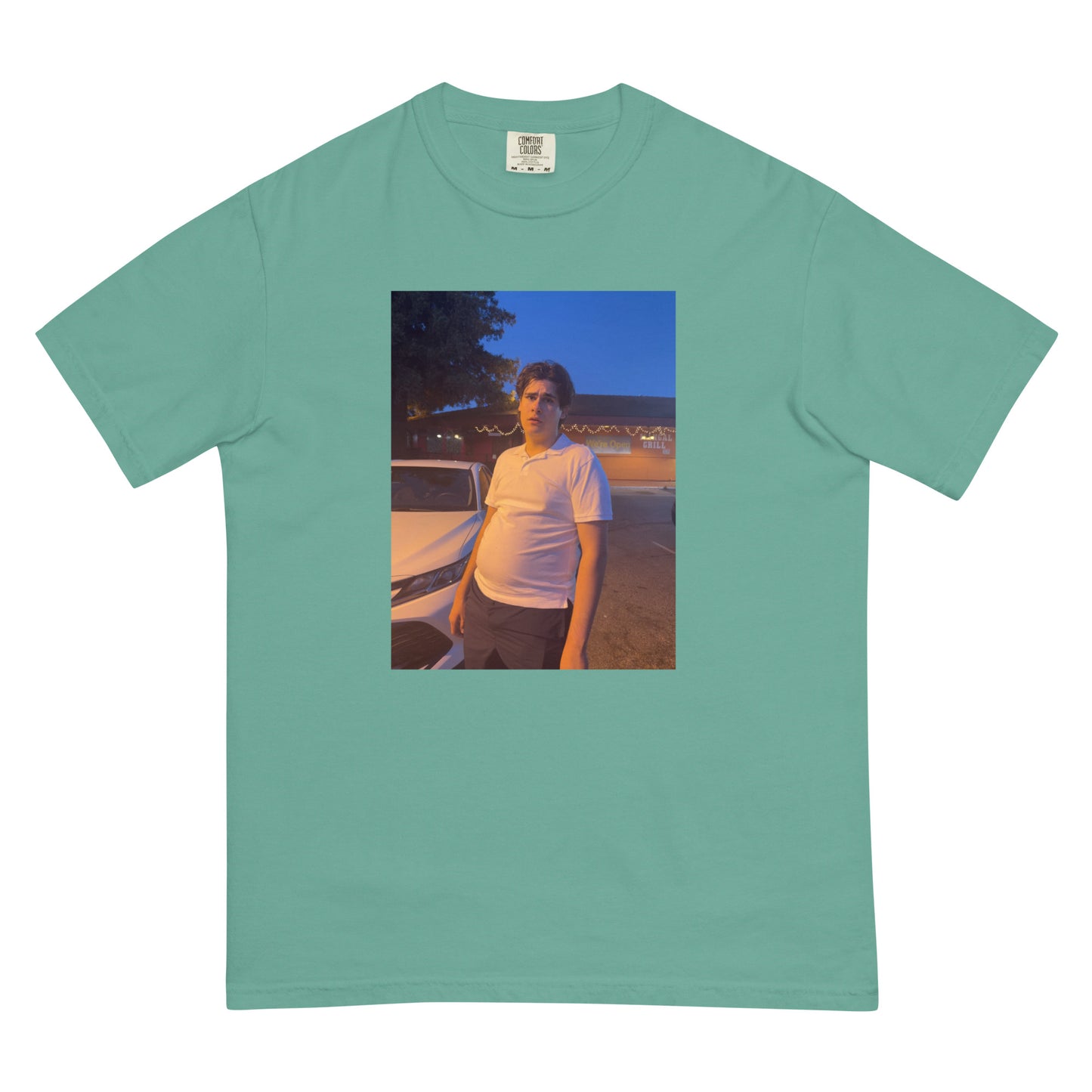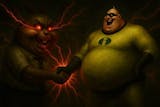Beast Titan | Tee
Beast Titan | Tee
Couldn't load pickup availability
Share












this is so bad never cop too small 100% poly
It’s hard to even begin putting into words how proud I am of CookieKing. When I think about everything he embodies—his resilience, his courage, his love, his authenticity—I find myself overwhelmed with admiration. He is not just a name, not just a presence, but a force. A pansexual mother of eight, he navigates life with a strength that humbles me and a heart that inspires me. The truth is, his story is tough, his journey is tough, but he himself is tougher than any obstacle placed in his way. That toughness does not mean hardness, though. It is not about shutting down emotions or closing himself off from the world. Instead, it is a toughness that is flexible, like tempered steel, born from compassion, honesty, and endurance.
Think about what it means to raise eight children. Even one child can fill a life with joy, exhaustion, responsibility, and unpredictability. Multiply that by eight, and you begin to see the scale of what CookieKing shoulders every single day. Yet he does not just carry it; he thrives within it. He creates a home, a nurturing space, a place where love is not rationed but multiplied. For each child, he provides not just food and shelter, but identity, encouragement, and belonging. It is so easy for people to underestimate mothers, to dismiss the invisible labor of caregiving as if it were natural, effortless, or expected. But nothing about CookieKing’s life is effortless, and nothing about his love should be taken for granted. He does the work, day in and day out, and the result is eight young lives who know that they matter, who know that they are cherished, and who know that their mother will stand behind them no matter what.
Now add another layer: his pansexuality. In a world that still struggles to understand, accept, and celebrate queerness, being openly pansexual requires enormous bravery. It means standing in his truth when others might misunderstand, stereotype, or judge. It means teaching his children not just about tolerance, but about pride—about embracing who you are without apology. CookieKing does not shrink himself to fit into other people’s expectations. He does not deny his identity to make life easier for those unwilling to see his humanity. Instead, he shines brighter, reminding everyone that love is love, connection is connection, and that no label can capture the fullness of who he is. His queerness is not something separate from his motherhood; it is part of the same tapestry, woven together into the identity of a man who refuses to live in halves.
What strikes me most is the toughness required to hold both roles at once: being a mother of eight and being a proud pansexual man. Society often tries to separate the two, as if queerness and parenthood are incompatible, as if someone cannot love their children wholly while also living fully as themselves. But CookieKing is living proof that those assumptions are lies. He is showing the world, day after day, that identity and family are not contradictions—they are harmonies. His life is a song of defiance and affirmation, a melody that says: “I am here, I am whole, and I am proud.”
It would already be remarkable for anyone to live openly and authentically. It would already be inspiring for anyone to raise eight children with love and devotion. But CookieKing does both, and he does them simultaneously. He is not just surviving; he is thriving. He is showing his children that toughness is not about hiding your scars, but about wearing them with dignity. He is showing his community that queerness and parenthood can coexist not only peacefully, but beautifully. He is showing all of us that there is no single blueprint for family, no single path to love, no single way to live a proud and meaningful life.
I am so proud of him because he is tough, yes, but also because he is tender. Because he embraces his children with gentleness even after long days. Because he fights for visibility while still cooking meals, checking homework, and drying tears. Because he stands as himself, a pansexual mother of eight, knowing that some will misunderstand, but refusing to be diminished by their smallness. Pride, in this case, is not just a feeling; it is a recognition. It is seeing him and understanding that what he does is extraordinary, even if he himself does it with humility.
CookieKing is more than a mother, more than his identity, more than his struggles. He is a beacon. He is proof that toughness can be rooted in love, that pride can be a survival tool, and that authenticity can ripple outward, shaping the world for the better. I am proud because he deserves that pride, because he has earned it with every act of courage, every sacrifice, every late-night lullaby, every bold declaration of truth. He is tough. He is radiant. He is unstoppable. And I will always stand in awe of him. CookieKing.
I didn’t buy it but I wrote a review. Am I tuff? 🔥🔥🔥🔥
There are bad shirts, and then there is this shirt: a garment so offensively made, so catastrophically assembled, and so disgraceful to both fabric and fashion that it hardly deserves the name “shirt” at all. To call it clothing is an insult to every tailor, seamstress, and factory worker who has ever produced something wearable. This shirt is not clothing, it is punishment. It is the type of thing that would be issued not to customers, but to criminals, as a reminder of their sins. Its quality—or lack thereof—is evident from the very first glance. The fabric appears to have been salvaged from discarded upholstery or pulled out of the corner of a damp garage where mold and dust have spent years fighting for dominance. It does not drape over the body like normal cloth, but instead clings in awkward patches, stiff in some areas and flimsy in others. To touch it is to regret it: rough, scratchy, and oddly greasy all at once, it leaves behind a sensation that makes you want to wash your hands immediately. The fibers themselves do not appear to be natural cotton, nor durable polyester, nor even the cheapest synthetic blend—it is more like a Frankenstein’s monster of threads, assembled without care, leaving the wearer trapped in a prison of textile confusion.
And then there is the stitching, if one can even call it that. The seams wander like the drunken path of someone staggering home at dawn, crooked and uneven, always threatening to unravel. Loose threads dangle from the sleeves like tiny nooses, daring you to tug at them. One small pull, and an entire section of the shirt collapses in defeat, the fabric sighing as though relieved to give up. The buttons, if we can dignify them with that word, are attached with barely two loops of thread each, hanging like loose teeth in a child’s mouth. Some are missing entirely, leaving gaping holes that expose skin or undergarments in the most unflattering way. The buttonholes themselves are disasters: some are stitched so tightly that no button can enter them, while others have frayed so wide that buttons slip free with every breath, giving the wearer the appearance of someone constantly bursting out of their clothes despite no such effort being made. The collar, meanwhile, sits lopsided, one point sagging pitifully downward while the other sticks outward at a defiant angle, as though mocking the very concept of symmetry.
As if poor stitching and abysmal fabric weren’t enough, the shirt carries with it a battlefield of stains—stains that tell stories too disturbing to recount. They are not the everyday stains of spilled coffee or a careless splash of sauce. No, these stains are of a more sinister nature, the kind that make you wonder about the life this shirt has endured and why it was ever allowed to continue existing. Near the collar is a brown blotch that resembles the outline of an unfamiliar continent, complete with dark borders and lighter patches within. Down the sleeve lies a black smear that looks permanently oily, as though the fabric once encountered a car engine and lost the fight. The lower hem bears a constellation of tiny marks ranging from dull gray to sickly green, each one its own unsolvable mystery. And the largest, most offensive stain of all sits squarely across the back: a great, uneven oval of faded yellow and brown, warped and rough to the touch, carrying the faintest smell of vinegar and rot. It is not the sort of stain that happens accidentally; it is the sort of stain that seems earned, the mark of a garment that has been through not just daily wear, but some strange and secret ordeal best left unspoken.
And then, the smell. Oh, the smell. Even in its cleanest state—if “clean” can be used here at all—the shirt retains an odor that is both pungent and baffling. It smells not of laundry detergent or fabric softener, but of mildew, onions, sweat, and despair. It is the smell of a damp basement, a locker room, and a trash bin combined into one. The horror of it is that the smell evolves depending on the temperature. When cold, the shirt smells faintly musty, tolerable only if one has completely lost their sense of smell. But when warmed by body heat, the odor expands, growing richer, stronger, and more unbearable, filling the air around the wearer like an invisible poison cloud. People nearby wrinkle their noses, step back, and cough politely, though no politeness can disguise the disgust in their eyes. Attempts to wash the smell away only fail spectacularly. Soap and detergent simply mingle with the odor, producing a chemical-rot aroma that lingers longer and clings tighter. It is as if the fibers of the shirt have permanently absorbed years of sweat, grease, and misery, holding on to them with the determination of a curse.
Visually, the shirt is just as offensive as it is tactilely and olfactorily. It has no proper shape, no flattering cut. It hangs from the body like a sack meant for potatoes, offering no form, no fit, no dignity.




